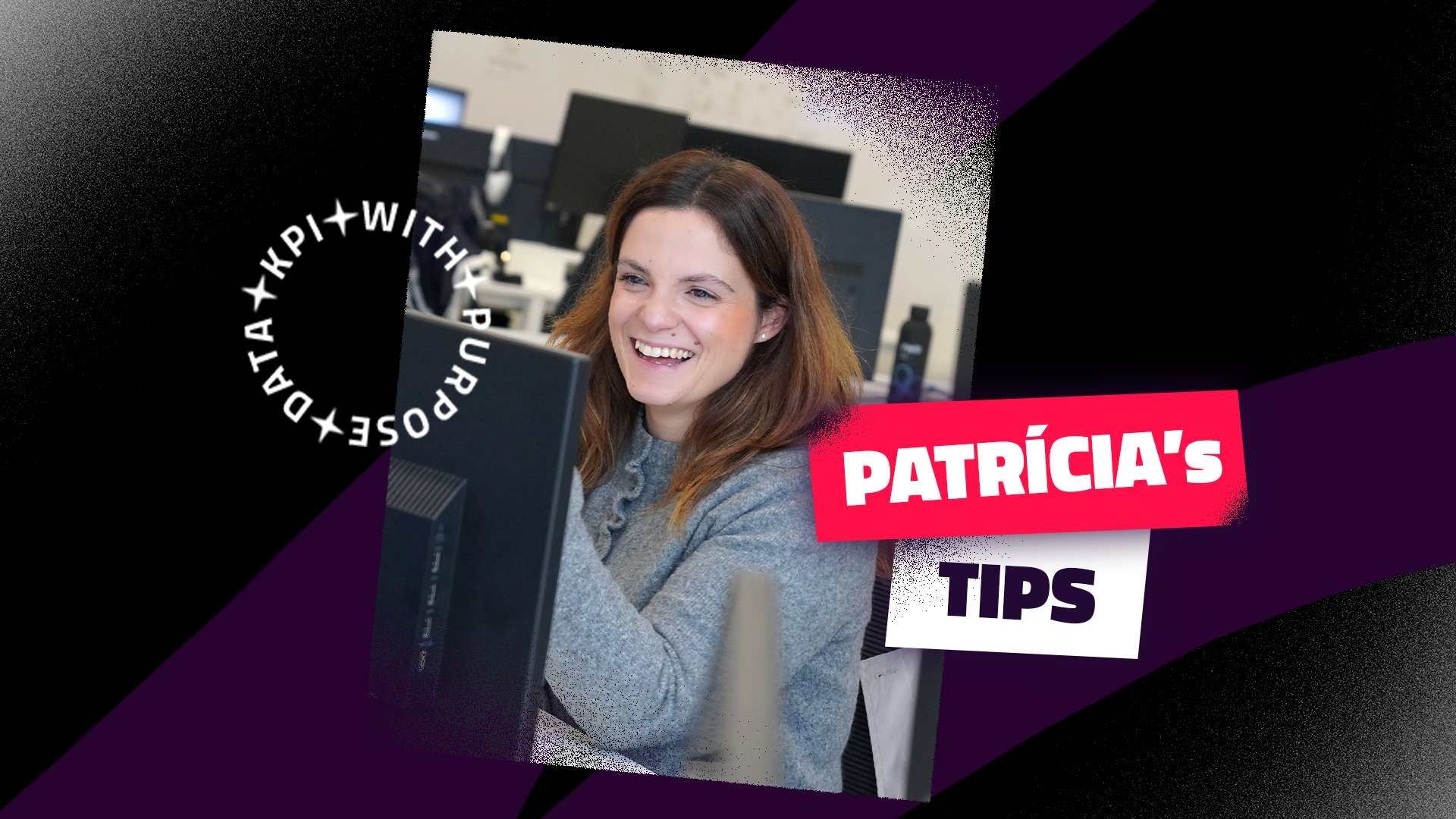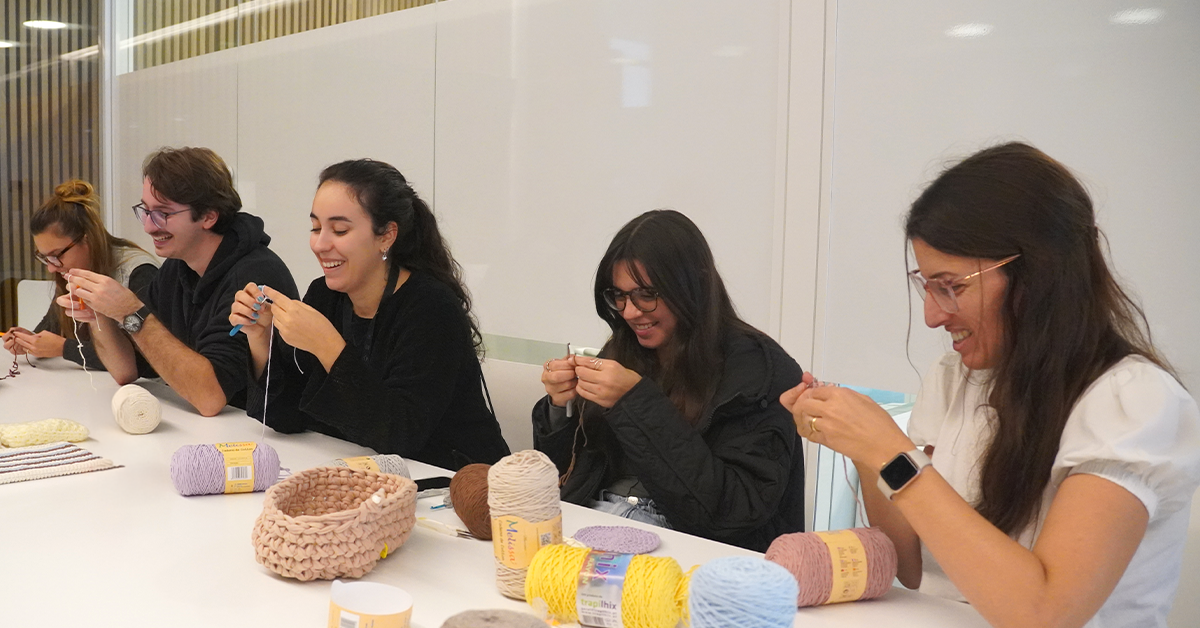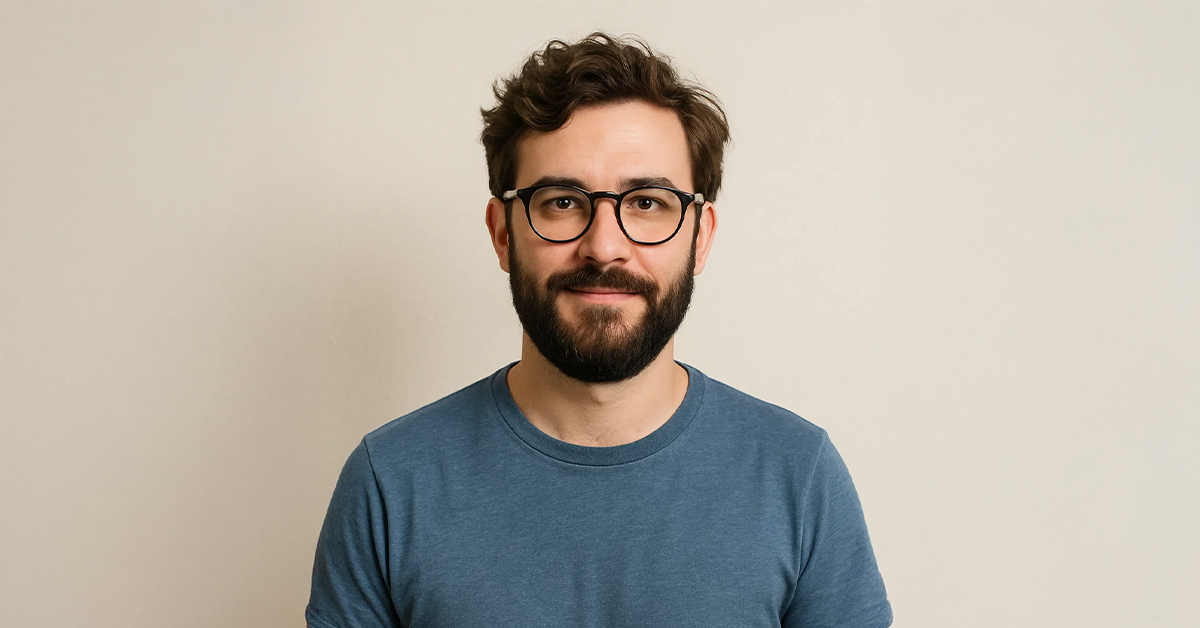The Principle of Uncertainty on a Product Manager's Journey
From the outside, it might seem like a Product Manager has an easy workload and life. We attend a couple of meetings, decide a few small things, prioritise issues (with more or less efficiency), ask how everything is going and answer some questions… Well, that couldn’t be further from the truth.
In fact, the reality of a Product Manager, especially in the casino gaming industry, is a bit bleaker than that. There are loads of steps that need to be followed in order to create a successful product.
In this article, we will mention some stages of product development that we at Fabamaq’s product team follow.
The different stages in the work of a Product Manager
Step 1: Product Discovery
This is a crucial phase in the casino game development process, where product managers and stakeholders gather information and insights about what problems we want to solve or opportunities we wish to address and for who. This is the time when we analyze the context, as well as brainstorm and evaluate possible solutions, always remaining flexible and open to feedback.
The goal is to develop a deep understanding so we can make informed decisions about possible product solutions that will be of value to the target audience and therefore more likely to succeed in the market (e.g. video bingo) product.
Step 2: Product Definition
Product definition involves identifying and defining product's features, functionality, and requirements. In this stage, we define the product vision and consider market research, customer feedback, and stakeholder inputs. This process also involves creating and defining the product backlog.
This step requires collaboration with cross-functional teams, including engineering, design, marketing, and sales, to ensure that the game is feasible, desirable, and viable. Ultimately, the product definition phase sets the foundation for the product development process, enabling the team to move forward with a clear understanding of the product's objectives and requirements.
Step 3: Product Development
Casino gaming development is all about the execution. Here, the aim is to bring the product to life through implementation of product backlog issues. This phase includes developing game features, designing user interface, reviewing the product, and ensuring that it meets the defined requirements and quality standards.
Just like the Product Definition phase, it requires coordination with cross-functional teams, including engineering, design, quality assurance, and project management.
As product managers, we are responsible for tracking the progress against the product roadmap, stakeholder alignment and clarification of doubts during this phase. On top of that, we also have to ensure that the game is delivered on time and with quality.
Ultimately, the goal of product development is to create a high-quality, user-friendly product that meets the needs of the target audience and is ready for launch.
Step 4: Market Follow-up
Market follow-up involves monitoring the performance of the casino game after its launch and gathering feedback from customers and stakeholders.
This includes tracking key performance indicators (KPIs) such as user engagement and casino customer satisfaction, and using this data to evaluate the success of the product and identify opportunities for improvement.
Market follow-up may also involve conducting market research to stay up-to-date with industry trends and competitors activity. Based on the insights gathered, the product manager can make data-driven decisions about the product roadmap, prioritizing new features and improvements to enhance the product's value to its target audience.
The goal of market follow-up is to ensure that the casino gaming product remains competitive and continues to meet the evolving needs of the target audience over time.
The Principle of Uncertainty is something to consider
Whether you want to pursue this career path, one thing to consider is that nothing is 100% certain, thus the principle of Uncertainty.
It’s normal for a Product Team to have a Stakeholder changing his needs or desires, which results in the Game Development team having to accommodate code to these new needs and desires. This happens especially when some stakeholders have power that influences the whole company, having the possibility to enact changes at ease and by choice, without giving space for a discussion about the why and how.
Therefore, uncertainty pushes Product Managers to anticipate all possible changes, and to prepare backup plans. Any problem or alteration that might arise down the road, forcing projects to stop and be redone. As such, we could say that Product Managers are Uncertainty Maestros, preparing for everything that could go sideways while trying to follow the long-term product vision, guarantee short-term delivery and still maintain a good team spirit.
Juggling all that can be stressful at times, but there is nothing else we would rather be doing in our lives.
This article was written by our Product Managers Bruno Jourdan, Cátia Figueiredo and Lea Azeredo



